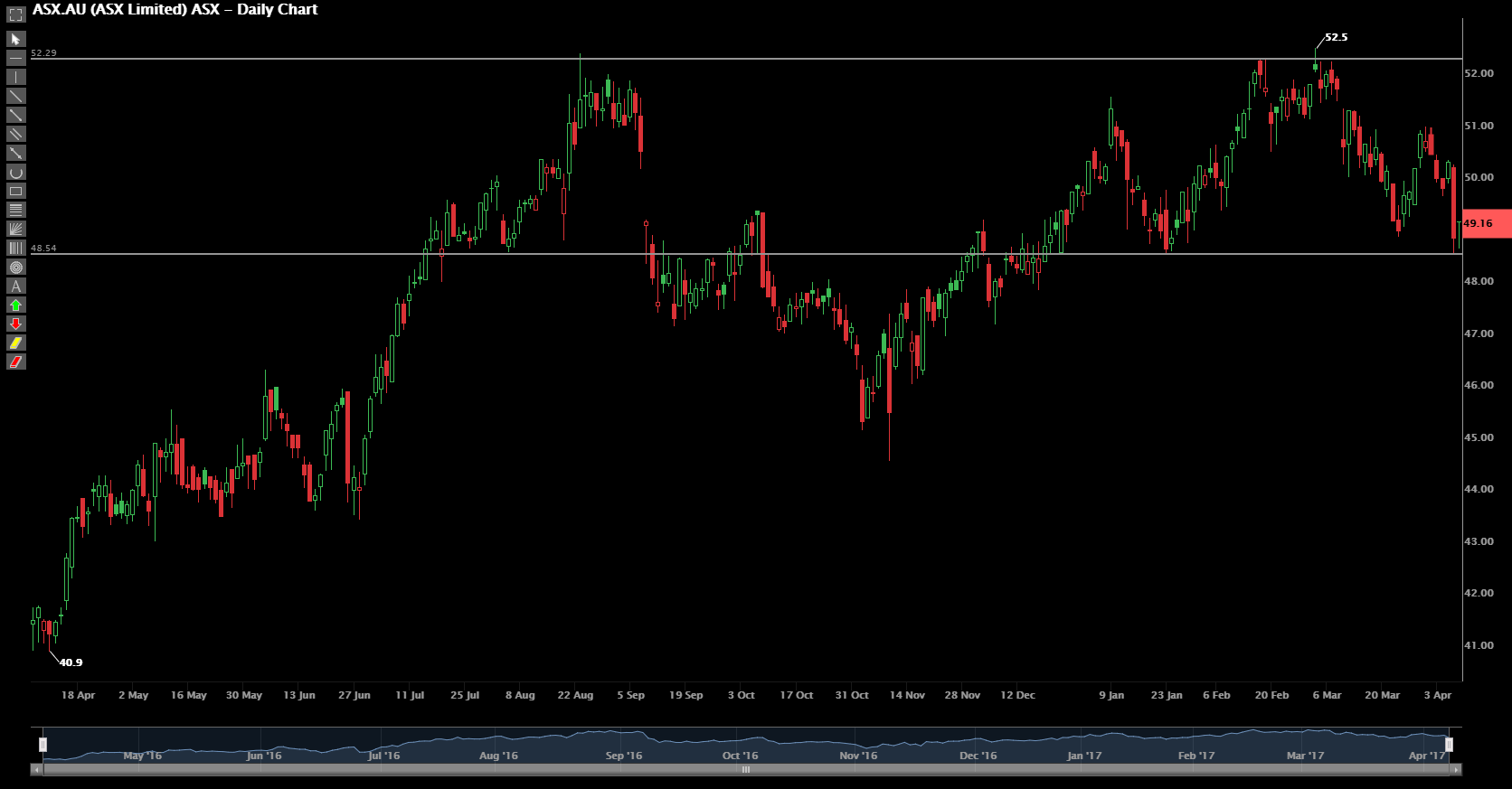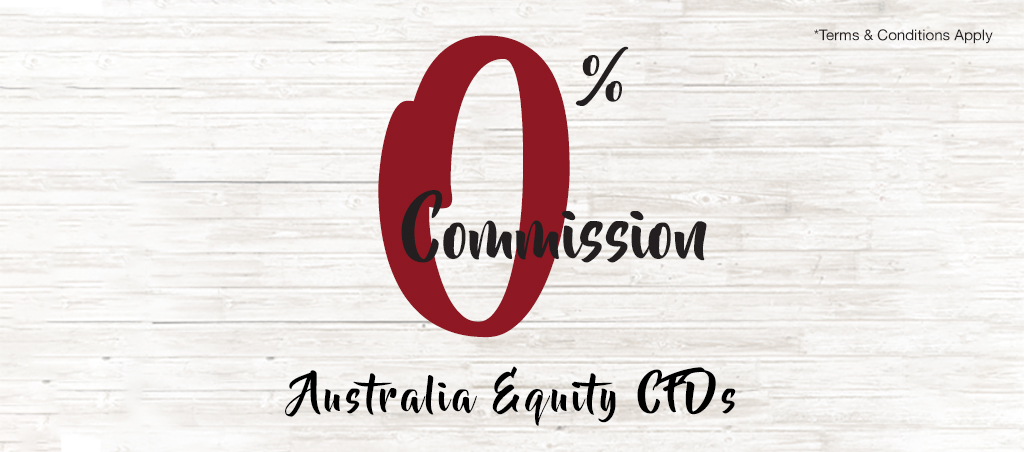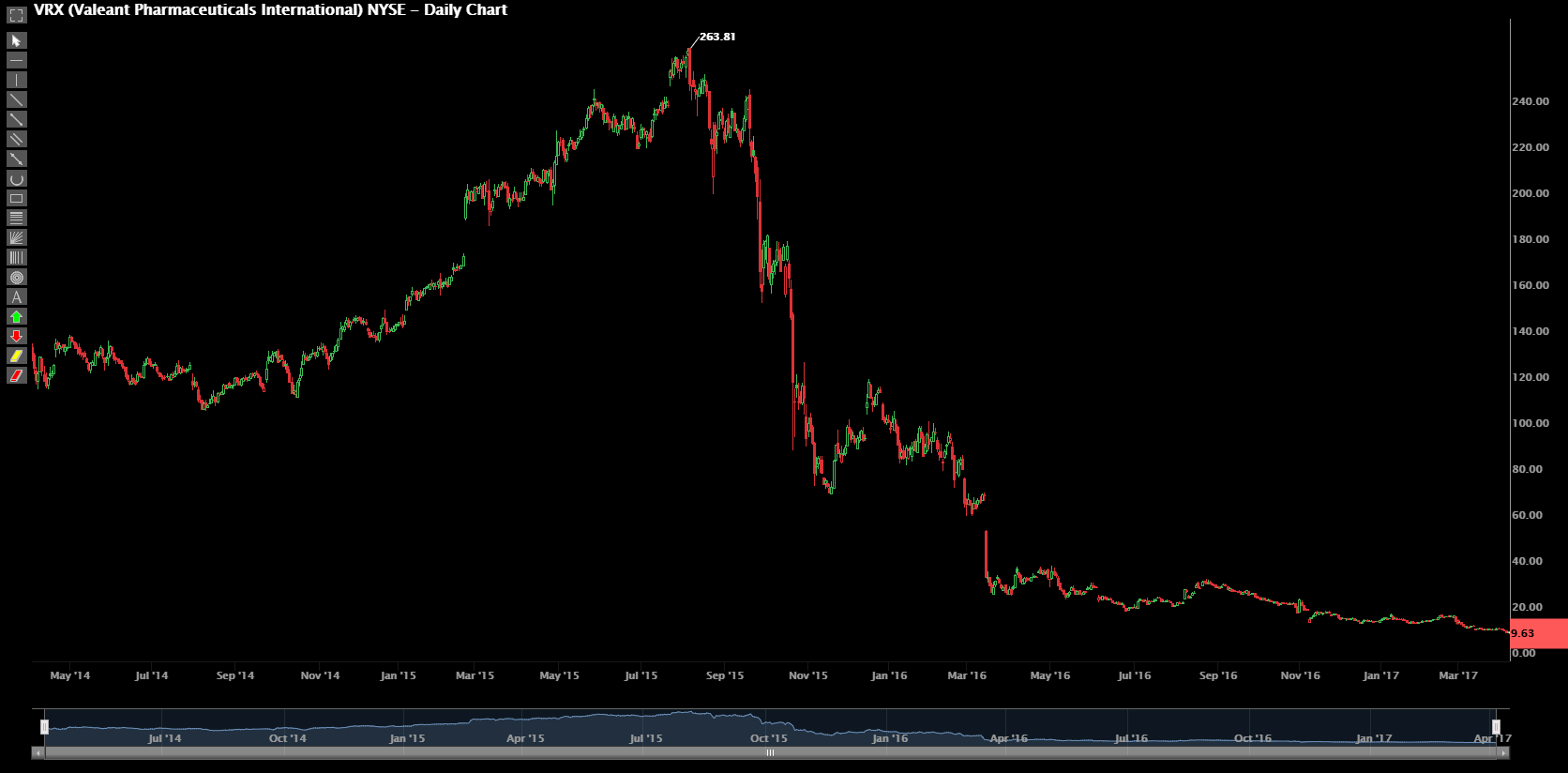The Stop-Limit Myth: Should I or Should I Not?

 Jasvind Singh, Assistant Manager
Jasvind Singh, Assistant Manager
Published On: 7 April 2017 | 4:00 PM
“Put a ‘stop-loss’ order on your worries. Decide just how much anxiety a thing may be worth- and refuse to give it anymore.” – Dale Carnegie
At some point in your trading journey, many of you may have probably asked this question, “Should I use stop limit orders?” “What if the price hits my stop-limit and bounces back up?”. If you have been following my articles, you would realize that I am a strong advocate of stop-limit order. I will spend some time going through this in detail today.
What is Stop-Limit?
A stop limit order is a basically an instruction given by you to the system to execute an order at a desired price or better. It basically comprises of 2 prices, a stop price and a limit price. Once the stop price has been reached, your stop limit order will be triggered by the system and a limit order will be submitted with your submitted limit price. This feature allows you to:
- Cut loss on your existing long or short position
- Enter to a new position at your desired price which is worse off than current market price (usually used in break out strategy)
Example of Cutting Loss
You opened a Long position of Qantas Airways at A$3.98 last week. However, due to the recent market outlook, the price has been tumbling and Qantas is now trading at A$3.83. You are getting worried, should Qantas Airways go down further, you will incur substantial losses. This is where the Stop-Limit order comes in handy. Based on your research, you tell yourself that A$3.50 is the lowest price you could accept for this counter. Hence, you key in a Stop-Limit order with a stop price of A$3.50 and a limit price of A$3.40.
Many traders get confused as to why is there are 2 prices. In fact, I have heard some traders tell me, “Can’t you just have 1 price? If hit the price, sell for me. Easy peasy”. Unfortunately, it does not work that way and the understanding behind it is simple. The 2 prices (stop price and limit price) have their own functions. Stop price is the price you are telling the system to activate this order. And the limit price is the price you are telling the system to submit your sell order once the order is activated.
So in the example above, when the price of Qantas Airways falls to A$3.50, the system activates your order and fires into the market at A$3.40. Depending on what price the market is quoting, your order will be filled at the best possible price. If you are wondering why there is a 10 cents price difference, it’s only a buffer to prevent gaps in the market. If you had set both your stop and limit price at A$3.50 and the price gaps from A$3.83 to A$3.45, your order will be activated and fired in at A$3.50. However, since the market is quoting A$3.45, it will be a queue order. This is the risk involved with stop-limit orders. It doesn’t guarantee your position will be cut.
Break-Out Strategy
Say you have been looking at ASX Limited chart for the past few months and realize that the price has been ranging between A$48.50 to A$52.50.
You would like to Long this counter if the price breaks above A$53.00 or Short this counter if the price breaks below A$48.00. However, if you placed an order to Buy at A$53.00, you order would be done immediately. So, how can you achieve your plan? 2 ways. Firstly, set a price alert through your POEMS Mobile Application. When the price hits, you’ll get a notification and you may key in your order. However, by the time you have entered the trade, the price might have already moved. The better solution would be to use Stop-Limit order. By placing a BUY Stop-Limit order with Stop Price (Activation Price) at A$53.00 and limit price at A$53.10, you are effectively telling the system to activate your Buy order at A$53.10 only when the price hits A$53.00. Simple right?!?! These are the wonders of technology.

GIF Source: GIPHY
Advertisement
Is Stop-Limit Order Really Useful?
If you are a seasoned trader, you’ll know there is no 100% sure win strategy. Trading is a game of probabilities. If you are simply buying a stock without any plan or reason in mind besides making money, then you’re just gambling. If you have some sort of strategy such as trading trending stocks, break-out strategy or momentum trading, then the odds of you winning will be slightly better. One of the beauty of stop-limit order is that it ensures you do not take excessive losses.
Trader X is using a trend trading strategy where he buys counters that are trending up and sells counters that are trending down. For every trade, he limits his losses at $300 and his risk-to-reward ratio (RRR) is at least 1.5 times, i.e. for every trade, he makes $450. If you know how trend trading works, then you will know that the 1.5 times is just the minimum desired profit. Traders that are good may go up to 6 times RRR. Here’s a sample portfolio of a trend trader:
| EQUITY | ||
|---|---|---|
| $7,011.89 | LOSE | ($371.28) |
| $7,635.91 | WIN | $624.02 |
| $7,282.49 | LOSE | ($353.42) |
| $6,976.81 | LOSE | ($305.68) |
| $6,627.42 | LOSE | ($349.39) |
| $6,287.40 | LOSE | ($339.72) |
| $6,433.30 | WIN | $645.60 |
| $6,159.31 | LOSE | ($273.99) |
| $5,853.30 | LOSE | ($306.01) |
| $5,991.36 | WIN | $538.06 |
| $6,518.82 | WIN | $527.46 |
| $6,214.20 | LOSE | ($304.62) |
| $5,968.74 | LOSE | ($245.46) |
| $6,831.64 | WIN | $862.90 |
| $6,935.59 | WIN | $403.95 |
| $6,670.25 | LOSE | ($265.34) |
| $6,342.64 | LOSE | ($327.61) |
| $7,277.39 | WIN | $934.75 |
| $6,951.30 | LOSE | ($326.09) |
| $6,716.58 | LOSE | ($234.72) |
| $8,647.38 | WIN | $1930.80 |
13 losses vs 8 wins! Only 38% win rate! However, since he was good at preventing himself from making huge losses, he ended up being a profitable trader in the long run. It is the same as soccer, if your team has a strong defence and don’t concede many goals, you’ll have a better chance of winning. Similar to Trader X, he always cut loss according to his plan. But, when he was right, he rode the trend all the way up.
You see, the logic is simple. If you cut loss, not only will you be able to prevent yourself from losing more money, it also gives you the ability to explore other opportunities which could be more profitable. Imagine you were to tradeValeant, the company that lost $85 billion in market value since 2015 peak. If you woke up every morning telling yourself that the trend would reverse, you might have wiped out all your investments and made significant losses.
Conclusion
Always take care of the downside and the upside will take care of itself. It’s alright to make small losses! It’s also perfectly normal that a counter might bounce back after hitting your stop loss. You just have to accept it and move on to the next trade. It’s a rather long article and probably more difficult to digest then the previous one. As usual, if you are confused at any point, let me know in the comments section below and I’ll be happy to explain further.
Please kindly refer to our CFD Order Types page for more examples and information.
IMPORTANT: The material above is for educational purpose only and by no means a recommendation for you to go long or short. Do your own investment analysis and if you are still unsure, speak to your trading representative or our specialist to get their view. Be responsible for your own actions!
Follow Phillip CFD on Facebook
Leave a comment
Related Articles
0% Comms Australia

SWEET! All new and existing clients can now trade Phillip’s Australia CFDs for FREE!. Yes, you read that right! For the entire month of April, you will be able to trade it without paying commissions…
#3 Facts - Australia Market

Many of you have probably heard the story of the 2 salesmen who went down to South Africa in the early 1900s. The first one came back and reported, “Situation hopeless, they don’t wear any shoes!”…
What is ETF Trading?

Markets are buzzing! Are you? The Dow Jones Industrial Average has been hitting new highs in 2017. Amidst all the news about the vibrant US Market, there is a little boy growing up behind the scenes called ETFs…
Intelligent Investor

As in the words of Peter Lynch, “If you don’t study companies, you have the same success buying stocks as you do in a poker game if you bet without looking at your cards.” I can say, almost certainly, that 80% of investors…
Losing Opportunities?

Confused when to exit a trade? Not sure if you should take profit? Here we discuss a trading strategy that you could always use in times of uncertainty. Never be left out on what is available for you.
Disclaimer
This material is provided to you for general information only and does not constitute a recommendation, an offer or solicitation to buy or sell the investment product mentioned. It does not have any regard to your specific investment objectives, financial situation or any of your particular needs. Accordingly, no warranty whatsoever is given and not liability whatsoever is accepted for any loss arising whether directly or indirectly as a result of your acting based on this information.
Investments are subject to investment risks. The risk of loss in leveraged trading can be substantial. You may sustain losses in excess of your initial funds and may be called upon to deposit additional margin funds at short notice. If the required funds are not provided within the prescribed time, your positions may be liquidated. The resulting deficits in your account are subject to penalty charges. The value of investments denominated in foreign currencies may diminish or increase due to changes in the rates of exchange. You should also be aware of the commissions and finance costs involved in trading leveraged products. This product may not be suitable for clients whose investment objective is preservation of capital and/or whose risk tolerance is low. Clients are advised to understand the nature and risks involved in margin trading.
You may wish to obtain advice from a qualified financial adviser, pursuant to a separate engagement, before making a commitment to purchase any of the investment products mentioned herein. In the event that you choose not to obtain advice from a qualifies financial adviser, you should assess and consider whether the investment product is suitable for you before proceeding to invest and we do not offer any advice in this regard unless mandated to do so by way of a separate engagement. You are advised to read the trading account Terms & Conditions and Risk Disclosure Statement (available online at www.poems.com.sg) before trading in this product.
Any CFD offered is not approved or endorsed by the issuer or originator of the underlying securities and the issuer or originator is not privy to the CFD contract. This advertisement has not been reviewed by the Monetary Authority of Singapore.





